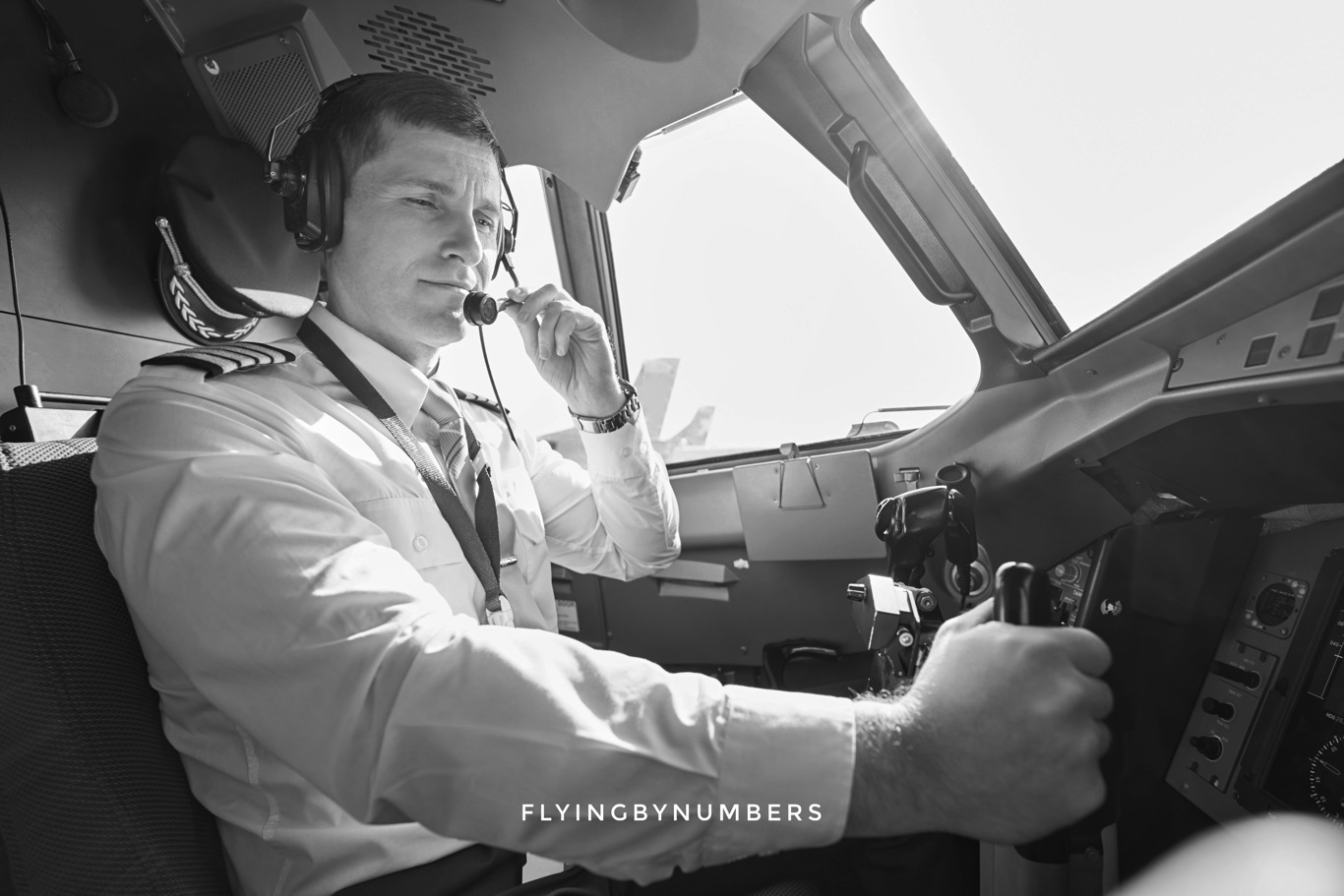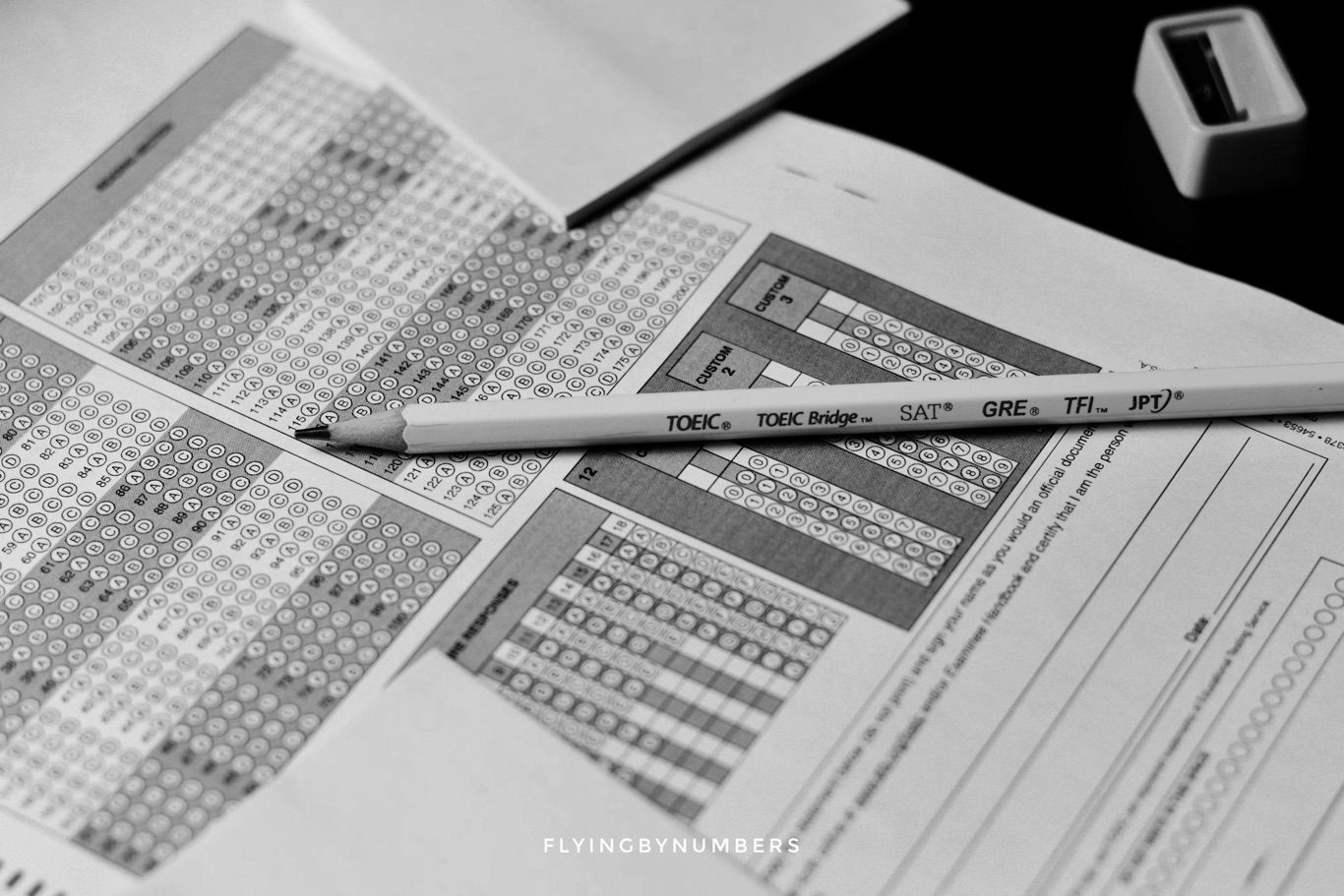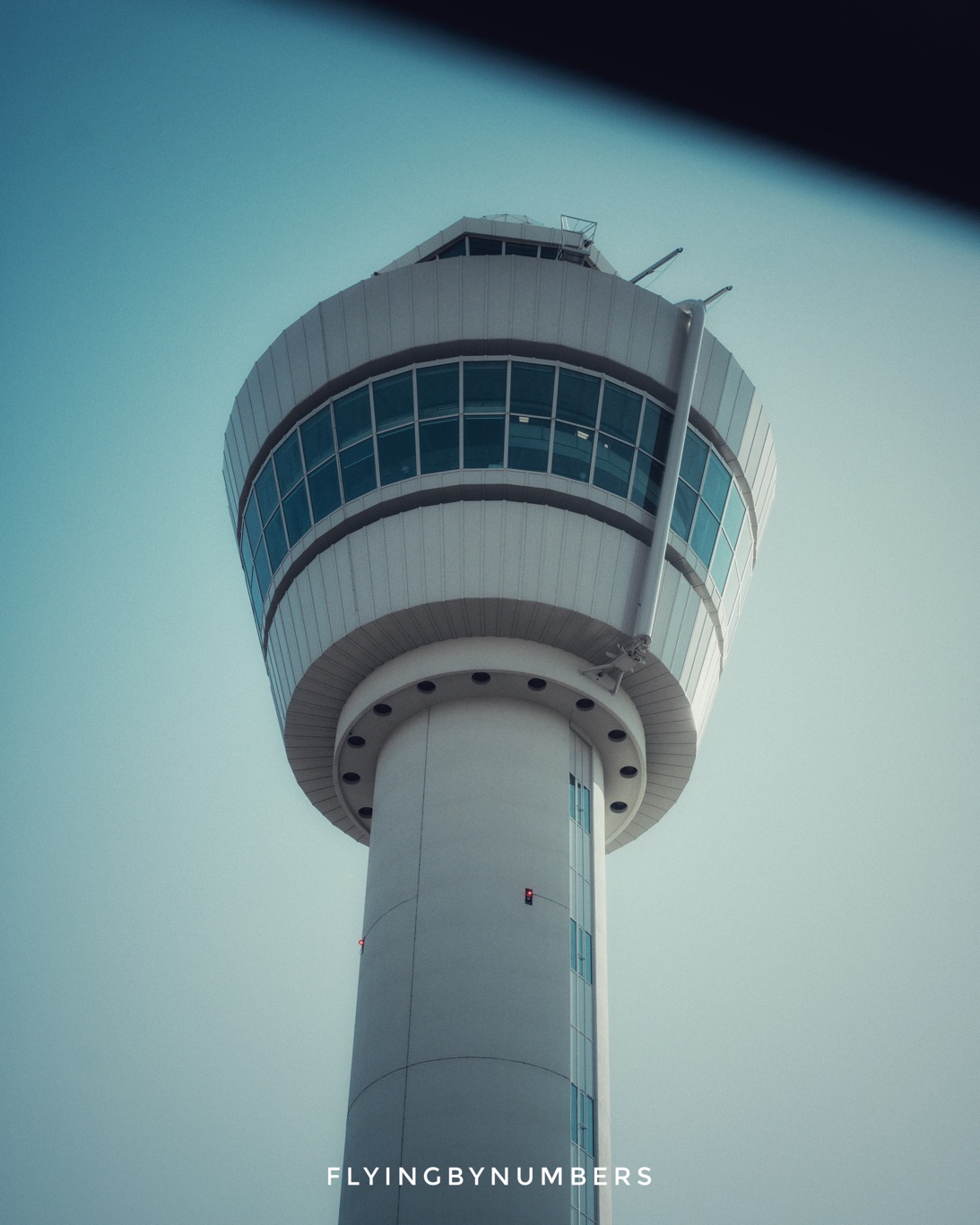Ever been on a flight and wondered if the pilot and air traffic control are discussing their flight plan or the weather in a strange mixture of Spanish and Arabic? Do Chinese pilots only speak Chinese? What happens once pilots and air traffic control hit international airspace?
A truly international industry, with thousands of aircraft transiting across the globe daily, how does everyone communicate with each other? Often, it is using something known asAviation English.
So, from flight attendant language rules, to pilot and ATC communications, in this article we’ll have a look at the linguistic rules of the skies.
Do All Pilots Have to Speak English?
In a word, yes – at least, sort of.
According to the International Civil Aviation Organization (ICAO), all pilots operating on international routes need to demonstrate proficiency in English.
Proficiency is classed as level 4, in the ICAO standardised aviation language test.

The long answer
English was crowned the official language of the skies back in 1951, as an annex to the 1944 Chicago Convention — arguably the beginning of modern international aviation rules.
Why is English the official language of aviation?
Essentially, because it was collectively agreed at a meeting in Chicago, with the USA and the UK being two of the largest players in the international aviation scene at the time. Despite the convention of speaking English, French, Russian and Spanish, English had begun to become the de-facto international language, and it was adopted to be the international language of aviation too.
But, before you imagine pilots reciting Shakespeare to air traffic controllers, it’s mostly about ensuring safety. The ability to communicate effectively, especially in emergencies, is paramount, and is rated using the ICAO language proficiency scale. The scale runs from 1 (pre-elementary) to 6 (expert), with international pilots required to have an ICAO score of at least 4.
Aviation English — as it is formally termed — is a set of functional short phrases to enable pilots from different parts of the world to understand each other.
In other words, it’s pretty basic. However, many international airlines stipulate a higher requirement, requiring their pilots to have ICAO level 6 English, described as “Expert” or fluent English.
ICAO is headquartered in Montreal, Canada — where the official language is… French!


What about pilots flying domestic flights?
For domestic, and general aviation, pilots generally communicate in their native tongue. ICAO agreements only specify that international pilots must have basic English proficiency.
This means that for commercial pilots that only operate domestically, e.g. shorthaul pilots flying within one country, there is no language requirement. However, it is not uncommon for pilots to speak English anyway:
- In areas with diverse linguistic backgrounds, or for declaring emergencies, English often comes to the rescue.
- “Mayday, Mayday” and, to a lesser extent, “Pan Pan, Pan Pan, Pan Pan” are both universally understood aviation terms, that have transcended national languages.
- The nature of the industry — with many pilot’s working abroad or aspiring to fly internationally — means it is common for most pilots to speak some English, regardless of where they fly.
Understanding Air Traffic Control
As for air traffic controllers, especially those handling international airspace or major hubs, English proficiency is a must:
- Since 1998, ICAO regulation stipulate that all air traffic controllers involved in international operations must have an ICAO English Proficiency Rating 4.
- While previously English proficiency varied, after fatal accidents the requirement for a standardised test was introduced that is mandatory for all air traffic controllers (and international pilots).
- Described as “Operational” Air Traffic Controllers must have a “Vocabulary range and accuracy that is usually sufficient to communicate effectively on common, concrete, and work related topics.”

Do All Flight Attendants Have to Speak English?
While flight attendants, our in-flight superheroes, don’t have as strict language requirements as pilots, airlines have a strong preference for English fluency, especially on international routes.
As a result, it’s common to see many international flight attendant jobs specifying English language proficiency — typically at the highest ICAO level 6. Let’s face it: explaining how to fasten a seatbelt or pointing out the emergency exits in a language passengers understand is quite handy.

In addition, due to the nature of the job, many international airlines will have local or overseas based crew, hired to help communicate to passengers on routes with many non-native speaking customers. For flight safety, it’s crucial that all the flight attendants on board can communicate basic safety instructions to each other in one common language. Requiring English is an easy way of achieving this.
On domestic flights, though, proficiency in the local language is typically prioritised. So for many shorthaul airlines in non-English-speaking parts of the world, flight attendants don’t have specific english language requirements.
Conclusion
When you’re soaring among the clouds, the language of aviation is, undeniably, English – with a sprinkle of local dialects for flavour.
To break it down:
- International Skies: English is the linguistic ticket to ride.
- The official language of aviation since 1951, in 1998 a formal grading system from 1-6 was introduced, known as the ICAO language proficiency test.
- Both pilots and air traffic controllers need to be operational (ICAO level 4) but many airlines require fluency in English (ICAO level 6).
- Flight attendants should ideally know their way around English phrases, especially if they are working for an international airline with crews consisting of many nationalities.
- Domestic Skies: It’s home turf!
- While English is commonly used, the national or local language reigns supreme. Still, it wouldn’t hurt to know how to say “turbulence” in more than one language, and many pilots and air traffic controllers will have at least ICAO level 4 english anyway.
So, next time you’re onboard, rest assured that while the pilot might not be well-versed in local slang or the latest pop culture references, they’ve got the lingo to safely navigate the skies. And who knows, your flight attendant might just surprise you with a punchline in English, just to keep things light and airy!
Safe travels and cheers to the universal language of the skies!





